Weekly birding round-up: 4 - 10 July 2025
Once more, the week as a whole erred to the quiet side. The year paused to catch its breath, seawatching is yet to really catch fire, the full flood of wayward waders is still to come, and a new generation of lost autumnal passerines are, for now, still but chicks in the nest somewhere in the east. Thank goodness for Shetland, then, saving our bacon at the very last minute as the week drew to a close.
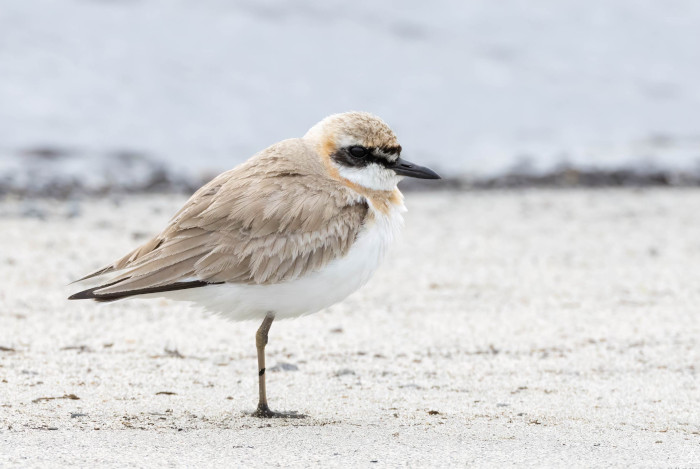
It’s been a long time coming – other Scottish counties have enjoyed a sand plover or two, but Shetland’s been (im)patiently waiting for its first for decades now. That was all put right this past week.
Almost certainly seen at Haroldswick on Unst earlier in the day, news broke in the evening of 9th of a Greater Sand Plover on the beach there, fleetingly, before flying off. Later in the evening it was back, and sitting on the beach. Mercifully for Shetland birders booked onto the first ferry to Yell, and hence onwards to Unst, on 10th, the bird hadn’t done an overnight bunk, and was still present on the beach.
The rest of Scotland has done pretty well for them, with nine records on the books to date, representing almost half the British total. One even came as glancingly close to Shetland as Orkney in 1979, when a bird spent six days on Mainland in early June. But not a sniff of a Shetland bird until the end of this week.
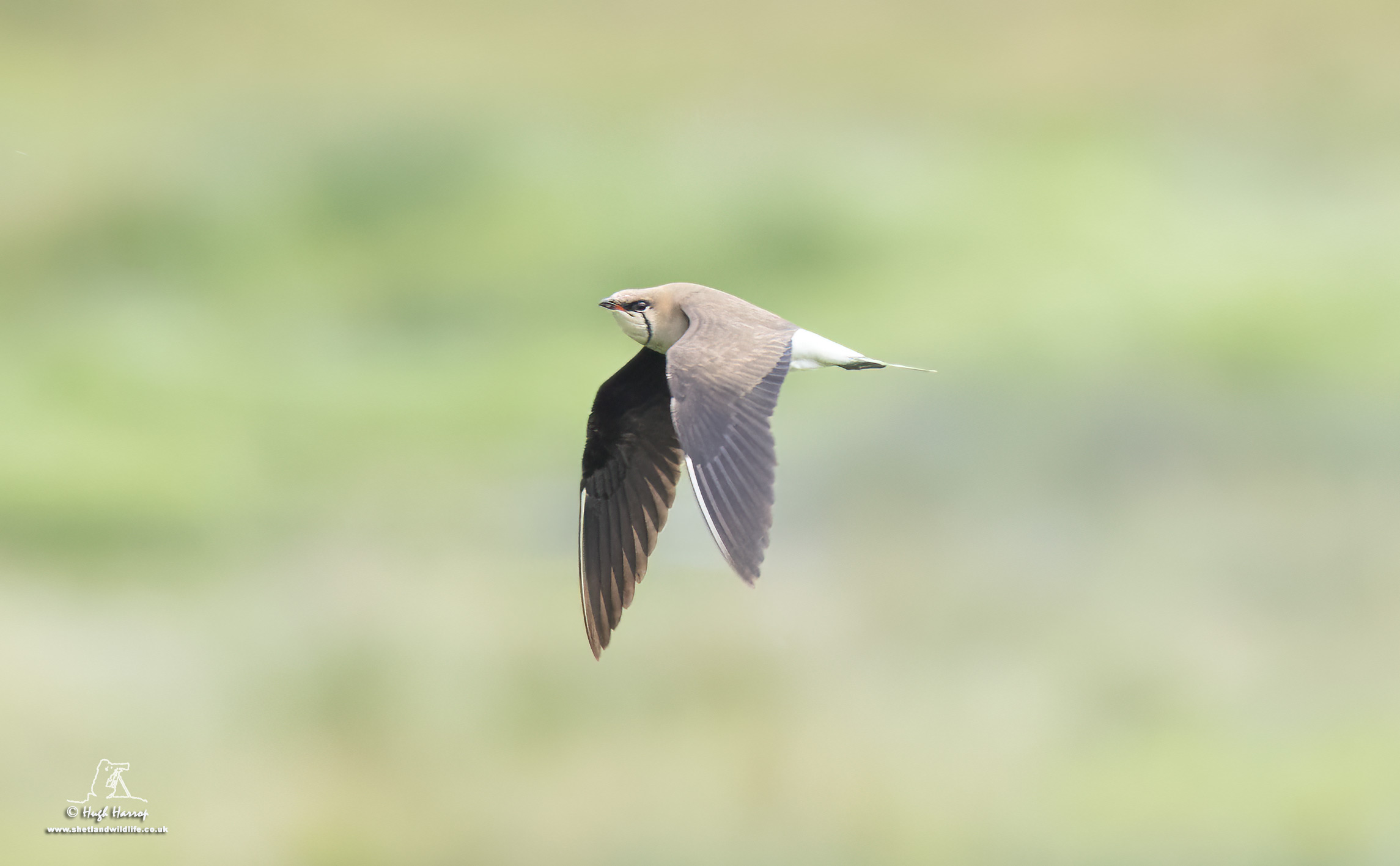
Also in Shetland this week, the Black-winged Pratincole seemed to be getting a little more restless, with our first sighting of the week beinig down at Scatness on Mainland’s southern extremity. Then, on 7th it was back at Loch of Spiggie in the early afternoon with, curiously, a probable bird reported minutes later at the opposite end of Mainland, up at Eshaness. The latter bird may not have been seen again subsequently, but the Loch of Spiggie was still proving popular with the original bird on 9th and 10th.
The summer continued to develop the anticipated Wilson’s Petrel theme, with fair numbers recorded and, for a second week on the trot, land-based observers enjoying decent pickings – seven birds were seen from Porthgwarra (Cornwall) on 5th. Regular Scilly pelagics began to notch up birds too, with six noted on 6th, two birds on 7th, three more on 8th, and eight seen on 9th. Also on 9th, a singleton was logged from the morning Scillonian; and two were seen from the vessel on 10th.
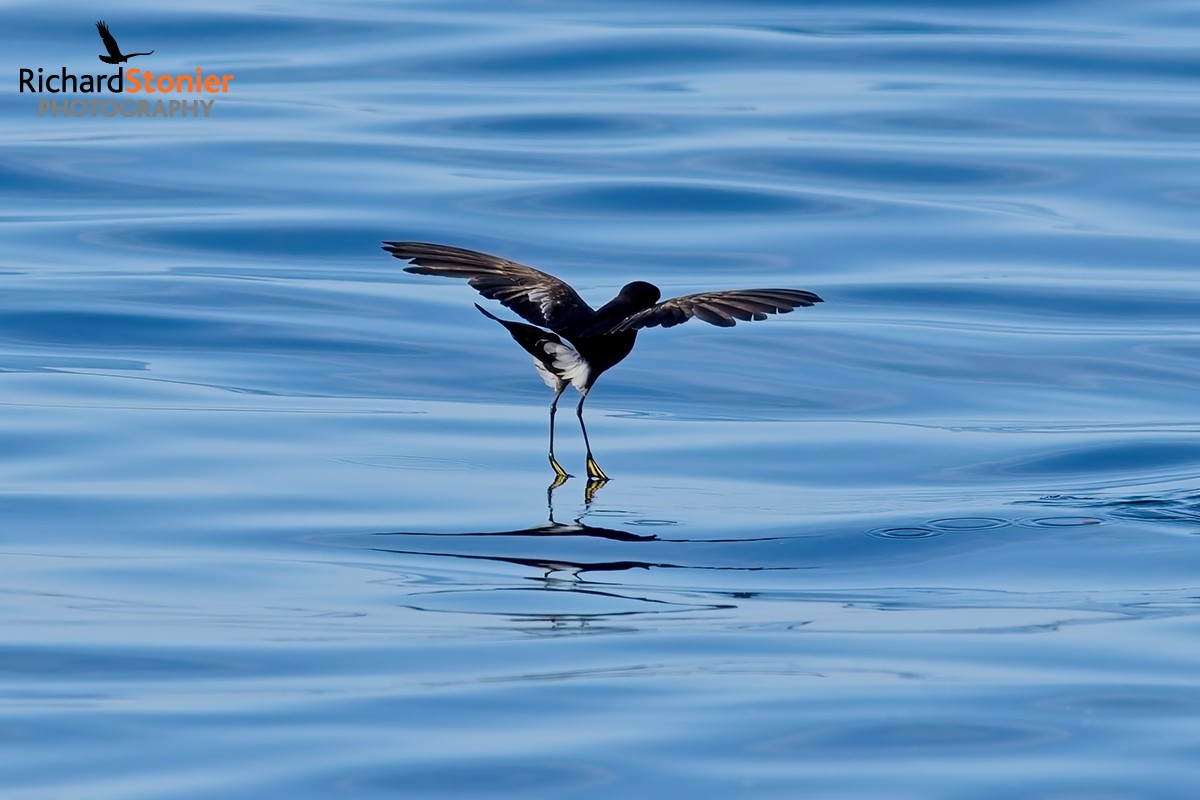
While other shearwaters may have been largely notable by their absence this past week, a Barolo Shearwater was a good find off The Lizard (Cornwall) on 5th. One was reported on the sea briefly off Cape Cornwall on 6th too followed, on 9th, by one seen from that day’s Scilly pelagic.
The merest hint of Cory’s Shearwater were logged in recent days – single birds seen from Porthgwarra (Cornwall) on 5th, and on 7th from Land’s End (Cornwall) and Sheringham (Norfolk).
Numbers of Balearic Shearwater remained on the low side, with a little over 40 birds noted during the week across Britain and Ireland. The peak count was a mere 14 off Portland (Dorset) on 6th.
Finally, Ireland supplied a couple of Pomarine Skua early in the week – off Fanad Head (Co.Donegal) on 5th, and Kilcummin Head (Co.Mayo) on 6th – and then one more on 10th off Great Skellig (Co.Kerry); while another was seen on 6th from Flamborough (East Yorkshire).
East Anglia did its best to keep the long-legged beasties varied and interesting this week. A Purple Heron was present at Carlton Marshes SWT (Suffolk) on 4th; and the recent Night Heron was again seen at Cley NWT (Norfolk) on 5th.
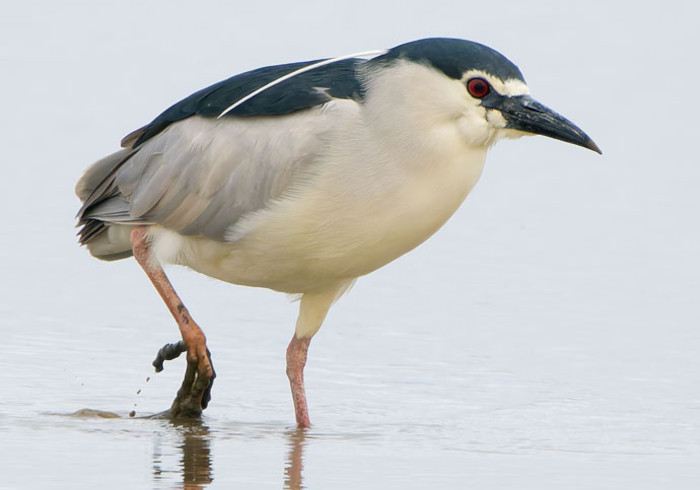
Another probable Purple Heron flew over Portland (Dorset) on 9th; and a Night Heron was seen on Lewis (Western Isles) on 10th.
Apart from that, a few Glossy Ibis continued to enliven the dailies. Starting on the Norfolk / Suffolk cusp, at Lakenheath Fen RSPB one was seen on 4th-5th; Lincolnshire retained a bird at Deeping Lakes LWT on 4th-10th; Oxfordshire’s recent individual remained at Otmoor RSPB on 4th-10th, with a report from Islip on 8th also; another remained at Misson (Nottinghamshire) on 5th-9th, with a sighting at Lound on 5th; and a bird was reported from London Wetland Centre WWT (London) on 6th. In Ireland, one remained at Lough Atalia (Co.Galway) on 9th-10th.
A couple of singing Corncrake were heard this week – one in Cambridgeshire at Ouse Washes RSPB on 4th; and another at Moss Side (Greater Manchester) on 8th.
The rarity duckpond was quieter than ever this past week as a couple more recent familiar faces appeared to fall by the wayside. Of what was seen, we start in Greater Manchester where the recently found Lesser Scaup remained at Pennington Flash CP on 4th-10th.
The drake Ferruginous Duck remained at Draycote Water (Warwickshire) on 4th-10th, and the female at Shawell (Leicestershire) on 5th-10th; while another female was seen on 9th at Earith GPs (Cambridgeshire).
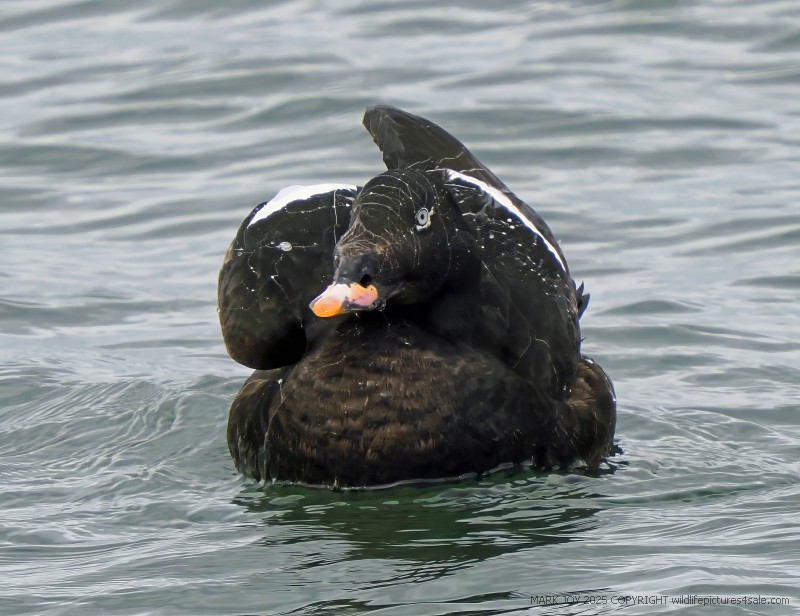
Finally, in Scotland the second-summer drake White-winged Scoter was seen this week initially at Kinnaber (Angus) on 5th and 7th, and latterly back at Musselburgh Lagoons (Lothian) on 8th. On 8th-10th a new immature bird was also to be seen at the latter site.
Kinnaber also enjoyed a Surf Scoter on 5th; while a drake was seen at Musselburgh Lagoons on 5th-10th.
Our recent wandering Collared Pratincole relocated down to Suffolk this week, settling in and showing well at Aldeburgh Town Marshes on 7th-9th.
Elsewhere, it was suddenly starting to feel a lot like early autumn, with some wayward Nearctic waders popping up at either end of the country. Starting up on Shetland, an adult White-rumped Sandpiper arrived on Foula on 6th-7th, followed on 9th by further birds found at Montrose Basin (Angus), and Ballycotton (Co.Cork); and on 10th one at Snettisham RSPB (Norfolk).
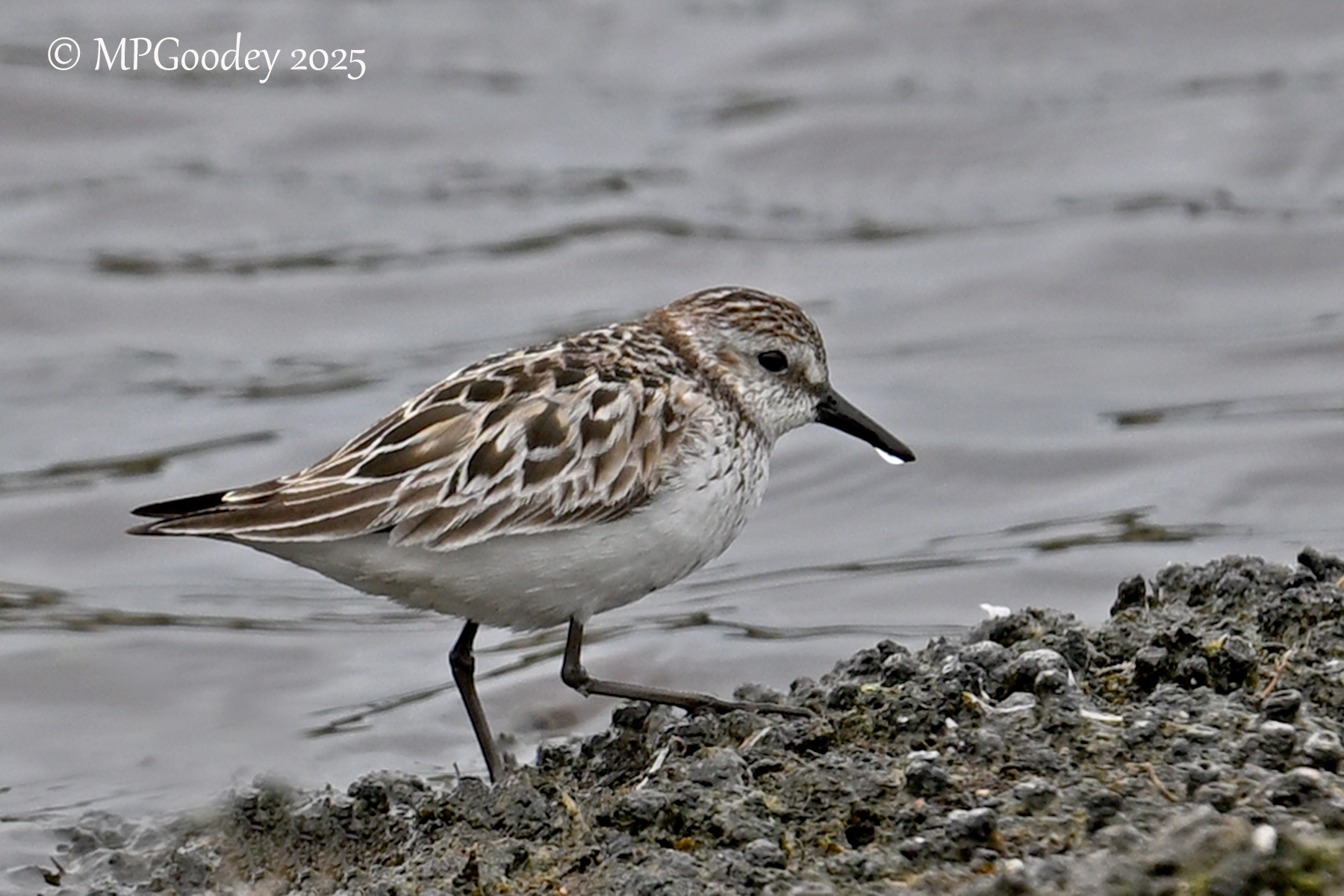
…while down on Scilly a Semipalmated Sandpiper was seen on St Mary’s on 6th and 8th.
Still present in Ayrshire this week, the Western Sandpiper was seen at Maidens on 5th-9th.

Two Temminck’s Stint remained at Musselburgh Lagoons (Lothian) on 4th-7th.
Further north still, a Pacific Golden Plover appeared on North Ronaldsay (Orkney) on 7th-8th.
Down in Cambridgeshire, local birders had another opportunity this year to catch up with an adult Spotted Sandpiper, seen at Dernford Farm Reservoir on 6th; and reported from Grafham Water on 8th.
Last but not least, the Lesser Yellowlegs remained at Pennington Marshes (Hampshire) on 4th-5th; and a bird was seen at Leighton Moss RSPB (Lancashire & North Merseyside) on 7th-10th.
Kent was the place to be this week for the rarer gulls, with not only the regular adult Bonaparte’s Gull still present at Oare Marshes KWT on 4th-10th, but also an adult Laughing Gull seen heading south past North Foreland in the morning of 6th.
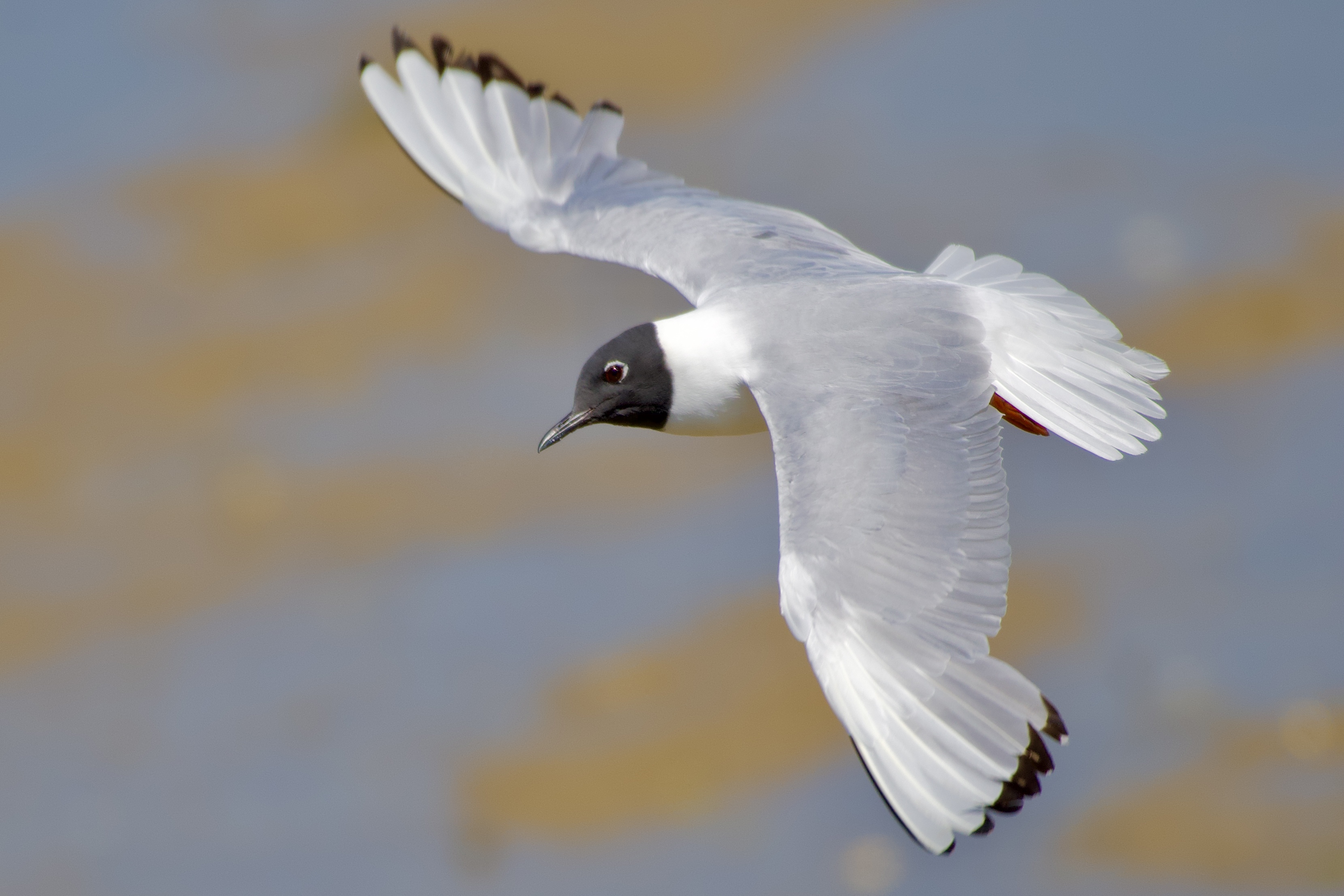
In Co.Cork the first-summer Bonaparte’s Gull remained at Harper’s Island on 9th.
White-wingers remained the exclusive preserve of Scotland. Glaucous Gull were seen on Orkney Mainland at Stenness again on 7th; on Benbecula (Western Isles) on 6th still; and at Girdle Ness (Aberdeenshire) still on 4th-9th. Girdle Ness also retained its recent Iceland Gull on 8th.
Recent days were kind to us where Caspian Tern were concerned – birds were seen in Kent at Greatstone-on-Sea on 4th; at Cley NWT (Norfolk) on 4th-6th, and also Swanton Morley GPs on 4th; and at Hornsea Mere (East Yorkshire) on 8th.
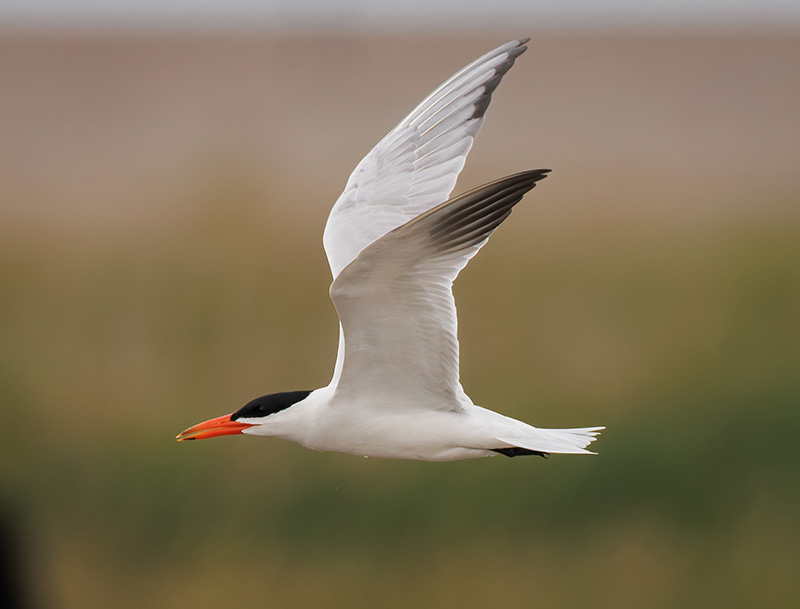
In Co.Dublin the adult male Least Tern was still near Portrane on 5th-8th.
In Northumberland the summering adult female surinamensis American Black Tern was again seen on Inner Farne on 6th, a nd back at Long Nanny on 10th.
Finally, a White-winged Black Tern was seen passing Rimac (Lincolnshire) on 9th.
Nothing much to report here, apart from a possible Black Kite seen coming in off the sea at Dover (Kent) on 10th, so moving swiftly on…
A handful of Bee-eater once again brightened the news during the week, singletons being seen on 5th around Kilnsea and Spurn (East Yorkshire), and up at Loch of Strathbeg RSPB (Aberdeenshire); on 6th at Lowestoft North Denes (Suffolk); and on 9th over Melton Constable (Norfolk). On 10th a succession of sightings came from Lincolnshire, at Anderby Creek, Huttoft Bank Pit LWT, and Rimac; while one was also seen that day in East Yorkshire at East Newton.
A Woodchat Shrike appeared near Nancledra (Cornwall) on 5th.
In Co.Galway the seemingly now resident Pied Crow remained at Mervue on 7th.
The singing Blyth’s Reed Warbler remained at Upsettlington (Borders) on 4th-8th.
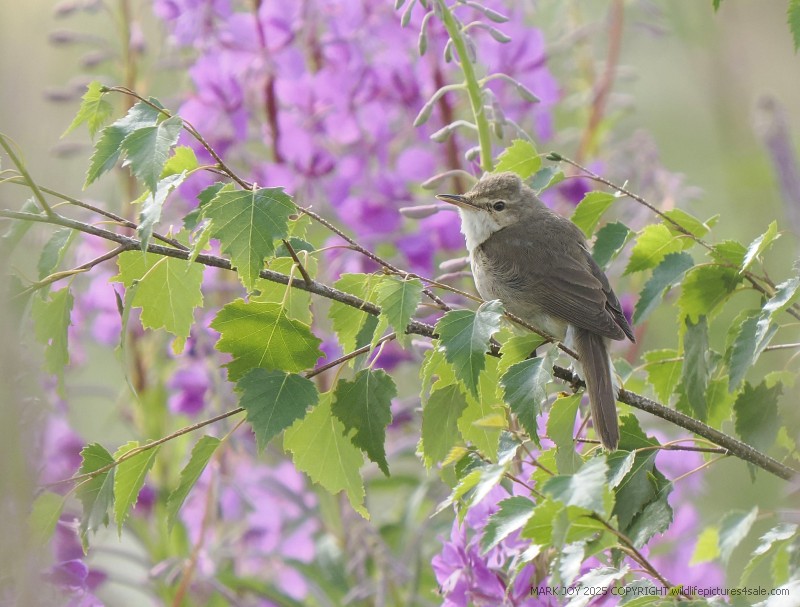
A singing Marsh Warbler was present on Fair Isle (Shetland) on 8th.
The Savi’s Warbler remained in song at Rimac (Lincolnshire) on 4th-6th.
Back on Fair Isle (Shetland), the male Eastern Subalpine Warbler was again seen on 5th-10th; a subalpine warbler sp was trapped and ringed on 10th at Fleetwood Marsh Nature Park (Lancashire & North Merseyside).
The singing male white-spotted Bluethroat remained in Gloucestershire at Slimbridge WWT on 6th-10th.
A Serin flew north over the Obs on Portland (Dorset) on 10th.
We finish the round up where we began, in Shetland, where a Black-headed Bunting was found on Foula on 5th, and remained present on the island until 9th.
Starting the overseas news fairly close to home, in France the notable summer terns were both still present and correct this week – the Bridled Tern still at Ile aux Moutons on 5th, and the Elegant Tern at Polder de Sebastopol on 8th.
The Cape Gull remained in Spain at Laredo on 6th; and an Elegant Tern at Salinas de Pinet again on 9th.
Italy meanwhile held onto the Pacific Swift in Cornaiano on 6th.
Up in Sweden, the recent Dalmatian Pelican was still hanging around Yttre fjärden on 8th.
Finally, on Cape Verde, the Willet remained on Boa Vista on 4th-8th.
Having manifested Shetland’s Greater Sand Plover in the past week, the predictions side of things should be either feeling a little pleased with itself, or nervous about how to follow that unusual moment of predictive success. It’s probably the latter, to be fair.
While the coming week has enjoyed some stand-out passerines in the past – the likes of the Brown-headed Cowbird at Angle (Pembrokeshire) on 14th-15th July 2009, and the discovery of what would go on to become a long-staying Spanish Sparrow at Waterside (Cumbria) on 13th July 1996 – it’s waders to which one’s wishful thoughts somewhat more realistically turn at this time of year.
The coming week has properly rarified form with Great Knot at Breydon Water (Norfolk) on 13th-15th July 2014, and Caspian Plover at Aberlady Bay (Lothian) on 12th-13th July 1988. And other lesser mortals have put in more frequent appearances – we’ve half a dozen apiece past records of Stilt and Terek Sandpiper, and nine past reecords of Marsh Sandpiper in the coming week. Any one of those would be a good distraction in the days to come.

Jon Dunn
14 July 2025
Many thanks to all this week's contributors for your photos and videos
Share

















